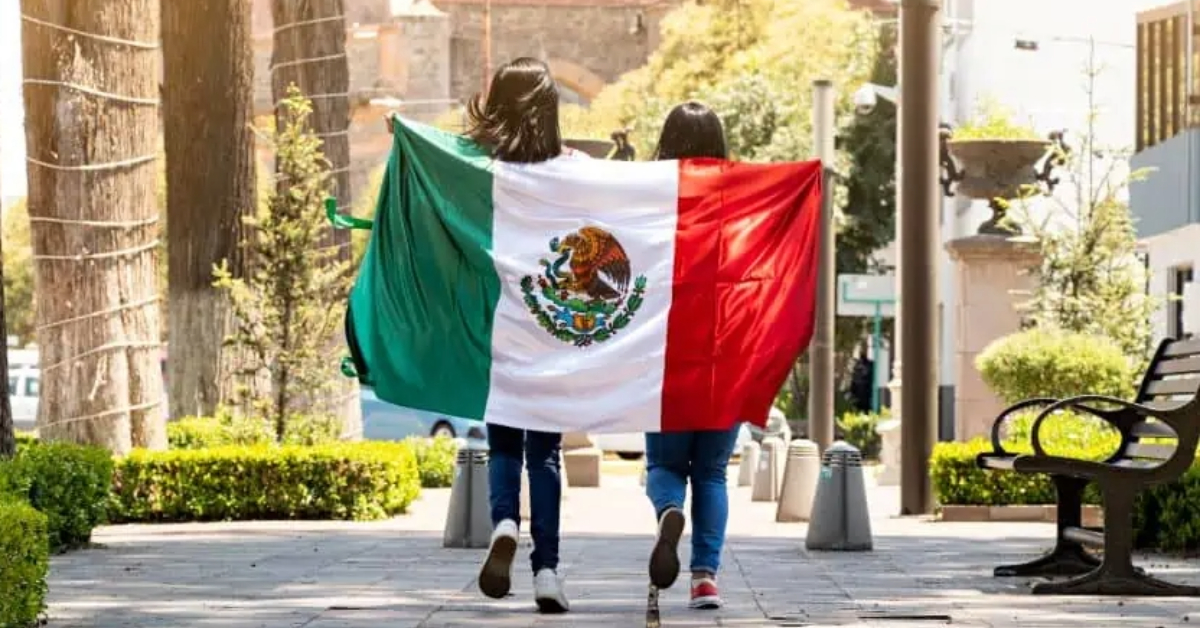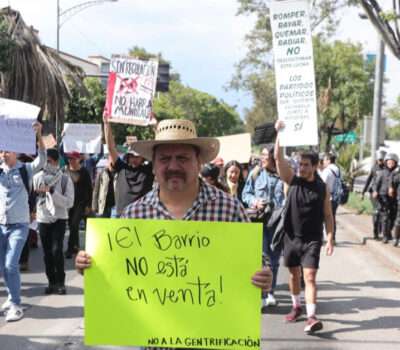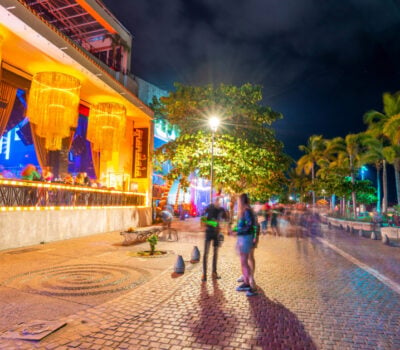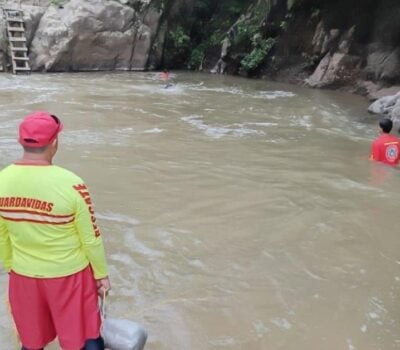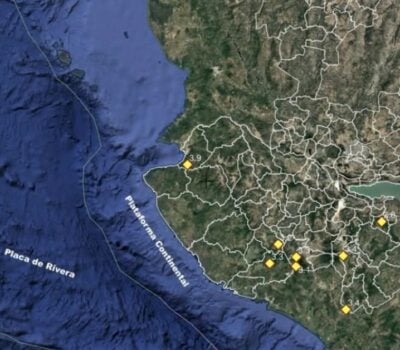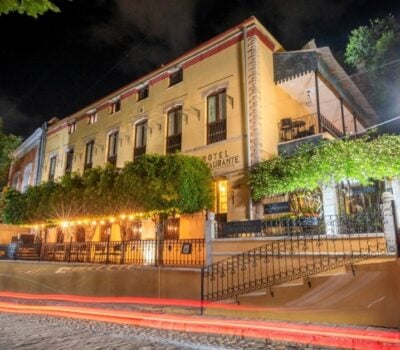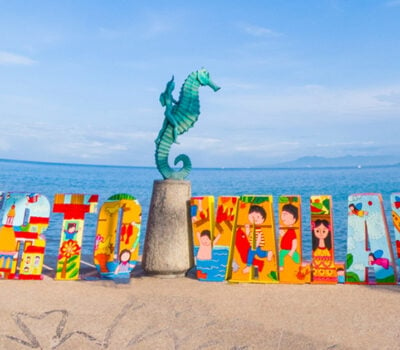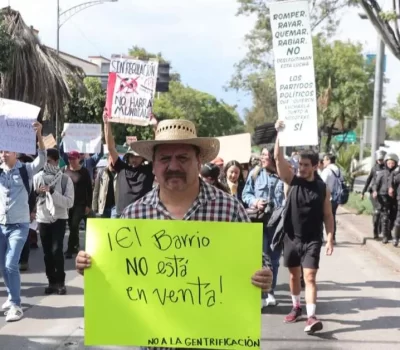Puerto Vallarta, Mexico - Discover why Mexico ranks as the 4th best retirement destination in 2025, offering affordability, quality healthcare, vibrant communities, and diverse lifestyle options. Learn about top expat hotspots and what makes Mexico stand out in the Global Retirement Index.
A new report confirms what many expats already know: Mexico stands out as one of the world’s top places to retire. In the 2025 Global Retirement Index, compiled by research firm Mercer and presented by International Living, Mexico secured the fourth spot among more than 40 countries evaluated for retirement suitability. This ranking underscores Mexico’s strong combination of low living costs, accessible healthcare, favorable climate, and welcoming communities, making it a leading choice for retirees from North America and beyond.
Affordability Remains a Key Strength
Affordability once again propelled Mexico near the top of retirement lists. Mercer’s index examines factors such as housing costs, daily expenses, and the broader cost-of-living environment. On-the-ground research by Mercer correspondents indicates that a couple can live comfortably in many Mexican towns on a fraction of what they would spend in the United States or Canada. From modest cities like Guanajuato and Querétaro to more upscale enclaves such as San Miguel de Allende, housing prices in Mexico offer considerable savings. For example, a well-appointed two-bedroom condo in San Miguel de Allende can cost 40–60 percent less per month than comparable units in U.S. retirement hotspots.
Daily expenses—groceries, utilities, transportation, and dining—also remain highly competitive. Retirees report that fresh produce, local market goods, and home-cooked meals can cost as little as $200–$300 per month per person. Even dining out at casual eateries often runs under $10 per person, a major factor in Mexico’s high score for affordability. This cost advantage allows many retirees to stretch their pensions or retirement funds significantly further than they could in their home countries.
Accessible Healthcare and Quality of Life
Healthcare access is another pillar of Mexico’s retirement appeal. The Global Retirement Index evaluates each country’s medical infrastructure, availability of private and public healthcare, and overall wellness metrics. Mexico’s well-established healthcare network includes both modern private hospitals—often accredited to international standards—and a robust public healthcare system (IMSS and INSABI) that provides basic care at minimal cost. In major urban centers like Mexico City, Guadalajara, and Monterrey, state-of-the-art facilities offer specialized treatments, while mid-size cities such as Mérida and Querétaro also maintain hospitals staffed by English-speaking professionals.
Many retirees opt for private health insurance plans, which average $1,000–$2,000 per year for comprehensive coverage, a fraction of comparable premiums in the U.S.. Preventive care, routine checkups, and even advanced procedures (e.g., joint replacements or dental work) often come at significantly reduced rates. This combination of accessible, affordable care and a warmer climate promotes a high quality of life for retirees.
Diverse Retirement Hotspots Offer Something for Every Expat
One of the most compelling aspects of Mexico’s ranking is the sheer variety of retirement destinations. The 2025 index highlights more than a dozen Mexican locales that cater to different lifestyles. San Miguel de Allende, renowned for its colonial architecture and vibrant arts scene, consistently appears near the top of expat surveys. Its narrow cobblestone streets, weekly art markets, and year-round temperate weather draw retirees who seek cultural immersion. Still, San Miguel’s popularity has driven living costs higher than in other regions, prompting some retirees to consider alternatives.
Just two hours west of Guadalajara, the town of Chapala and nearby Ajijic on the shores of Lake Chapala entice retirees with scenic lake views, a stable climate, and an entrenched expat community. Chapala’s malecón (boardwalk) lined with cafes and weekend markets offers daily opportunities for socializing and entertainment. Locals and expats alike gather for regular “Fogata” nights, where musicians perform traditional mariachi or regional folk music beside small bonfires. These communal events foster a strong sense of belonging for newcomers.
On the Yucatán Peninsula, Mérida stands out for its colonial charm, safety, and proximity to Mayan ruins and pristine beaches. The city’s well-preserved architecture, thriving cultural festivals, and walkable neighborhoods make it a top pick for retirees interested in history and warm weather. Further along the Riviera Maya, Playa del Carmen and Tulum combine coastal living with modern conveniences, though prices tend to be higher than inland destinations.
For those seeking a quieter pace, smaller towns like Guanajuato (a UNESCO World Heritage Site) and Querétaro (noted for its wine country and gastronomy) present opportunities for exploring cobblestone streets, local vineyards, and cultural festivals without the crowds found in larger cities. Each of these hotspots enjoys consistent scores for safety and community integration, factors weighted heavily in Mercer’s evaluation.
Safety Considerations: Common-Sense Precautions
Security concerns inevitably arise when discussing retirement abroad. While Mexico does face challenges with crime in certain regions, the Global Retirement Index notes that most expat-favored areas remain relatively safe when residents apply basic precautions. According to the report’s correspondent in Mexico, Bel Woodhouse, “Mexico is a safe and rewarding retirement destination as long as retirees exercise common sense and avoid high-risk zones”.
In practice, many retirees report feeling safer in their chosen Mexican towns than they did in large cities in their home countries. Gated communities and private neighborhoods around Chapala and San Miguel de Allende maintain security guards and controlled access, while social cohesion in cities like Mérida and Querétaro reduces petty crime. Expat associations often share safety updates, host community walks, and organize neighborhood watch groups that further boost local security.
Political Stability and Ease of Residency
Political stability and legal residency options also influence retirement decisions. Mexico offers a straightforward temporary resident visa (residente temporal) that retirees can renew annually for up to four years, followed by an option to apply for permanent residency (residente permanente). Requirements generally include proof of sufficient income or savings—around US$4,000 monthly or $100,000 in savings—both figures lower than many other popular retirement destinations. The process involves an interview at a Mexican consulate in the applicant’s home country and submission of bank statements or pension letters.
Once granted, temporary residents enjoy many of the same benefits as citizens, including access to health insurance (IMSS) and the ability to buy property. After four years, permanent residency provides a path to citizenship for those who wish to fully integrate. The relative ease and clarity of these visa processes set Mexico apart from European countries that impose stricter financial thresholds or residency requirements.
Retirement Communities and Local Engagement
Beyond basic necessities, Mexico’s retirement landscape boasts thriving expat communities that help newcomers adapt quickly. In Lake Chapala’s Ajijic, for instance, established groups like the Lake Chapala Society offer English-language classes, book clubs, and volunteer opportunities that connect retirees with local charities and Mexican cultural events. Similarly, San Miguel de Allende features numerous expat organizations that organize weekly meetups, painting workshops, and language exchange programs.
These communities not only provide social outlets but also serve as informal support networks. Retirees can find trusted recommendations for medical professionals, legal advisors, and service providers through word-of-mouth referrals from fellow expats. This collaborative environment eases the transition, especially for those unfamiliar with the language or local systems.
Comparisons With Top-Ranked Countries
While Mexico’s fourth-place ranking is noteworthy, it’s helpful to see which countries claimed the top three spots. In 2025, Panama earned first place, leveraging its friendly pensionado visa program, dollar-based economy, and high safety ratings. Portugal held second place, prized for its affordable housing, excellent healthcare system, and relatively low crime rates. Costa Rica rounded out the top three, drawing retirees with its stable democracy, lush natural landscapes, and advanced health infrastructure.
Despite missing the podium by just one position, Mexico’s combination of value, culture, and variety makes it a unique contender. Unlike some European options that can be more expensive or require deeper immersion into a new language, Mexico’s proximity to the U.S., prevalence of English speakers, and shared Western conveniences appeal to retirees seeking a balance between familiarity and adventure.
Looking Ahead: Sustaining Mexico’s Retirement Appeal
As more retirees discover Mexico’s retirement perks, communities are evolving to meet increasing demand. International schools, private hospitals, and modern grocery stores are expanding, while local governments invest in infrastructure upgrades—improving roads, water quality, and public safety measures. Although rising popularity can lead to gentrification concerns in certain hotspots, many towns across Mexico still offer hidden gems where retirees can enjoy authentic local culture at a budget-friendly price.
For those exploring “Mexico retirement destination 2025,” conducting on-the-ground visits proves invaluable. Travel agents and expat forums recommend short stays of two to six weeks in multiple regions—Lake Chapala, San Miguel de Allende, Mérida, and the Riviera Nayarit—to gauge climate preferences, community fit, and service quality. Planning ahead, securing reliable financial and legal advice, and connecting with local expat groups ensure a smoother relocation process.
Ultimately, Mexico’s fourth-place finish in the 2025 Global Retirement Index reflects a consensus among experts: this country offers a compelling mix of affordability, healthcare, cultural richness, and community support. Whether you’re drawn to colonial history, lakeside serenity, coastal beauty, or vibrant city life, Mexico provides diverse paths to a fulfilling, affordable retirement.


